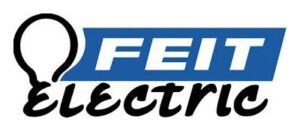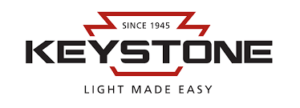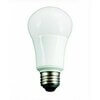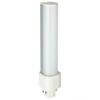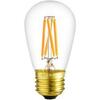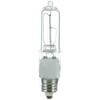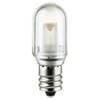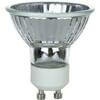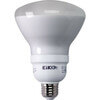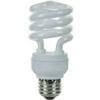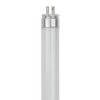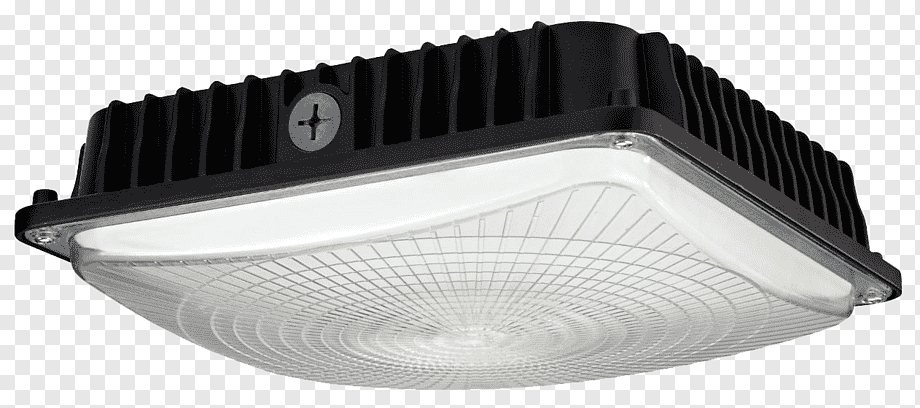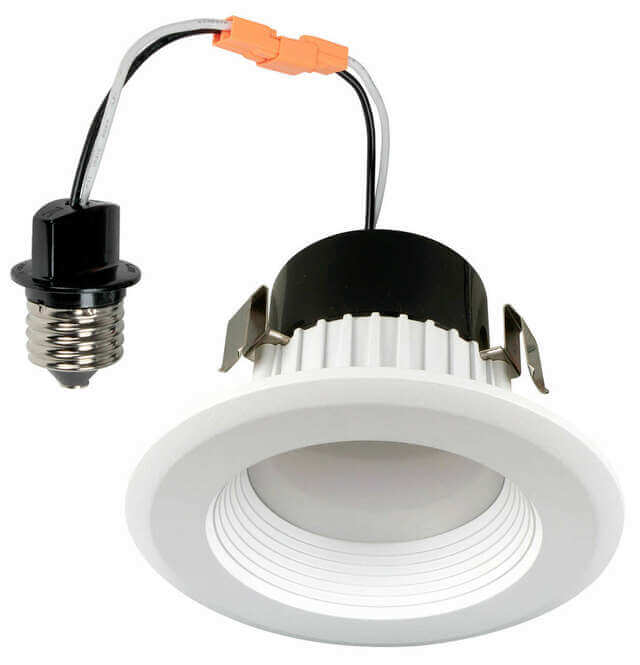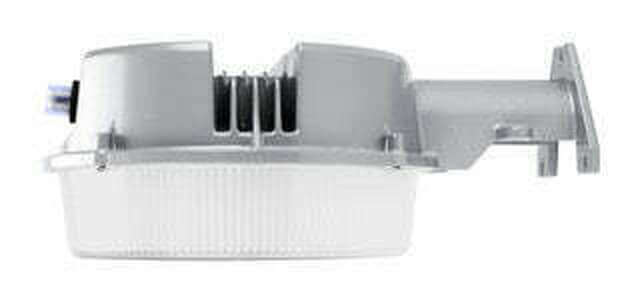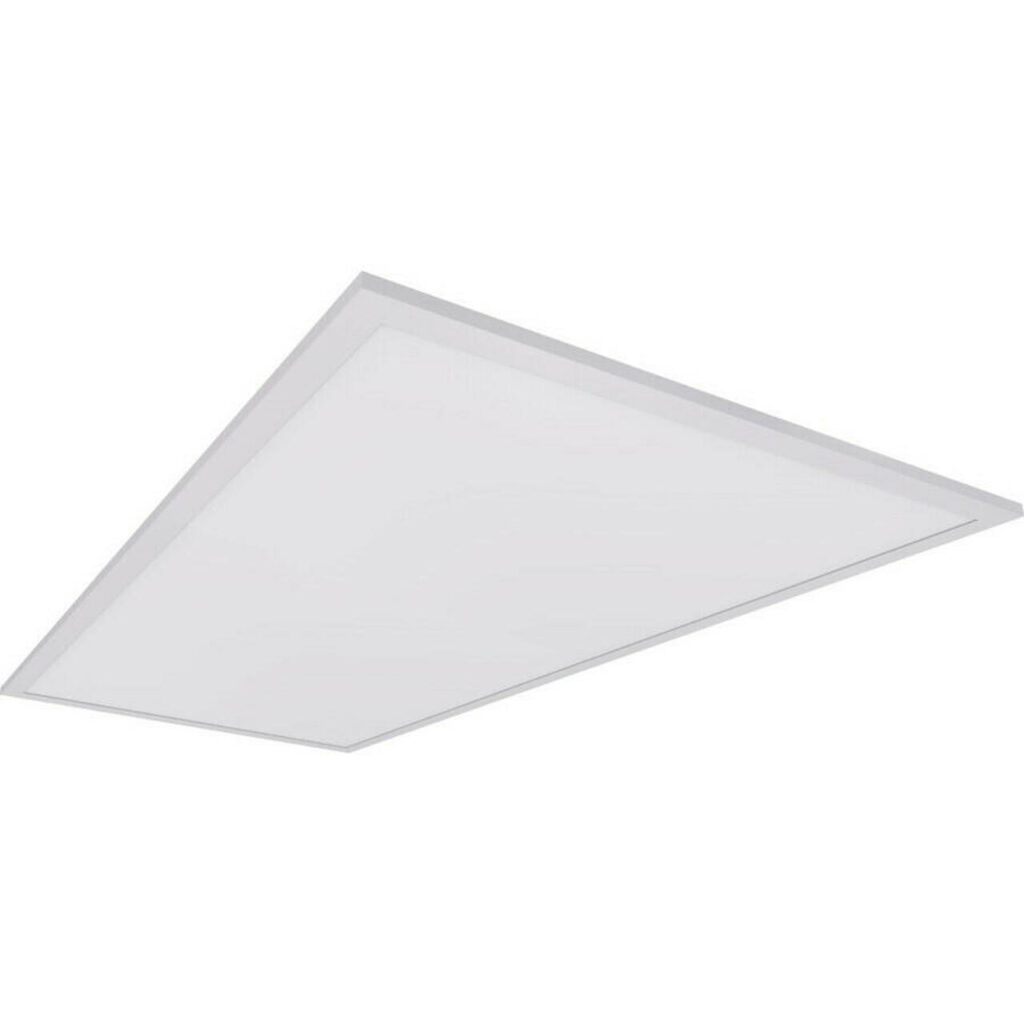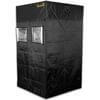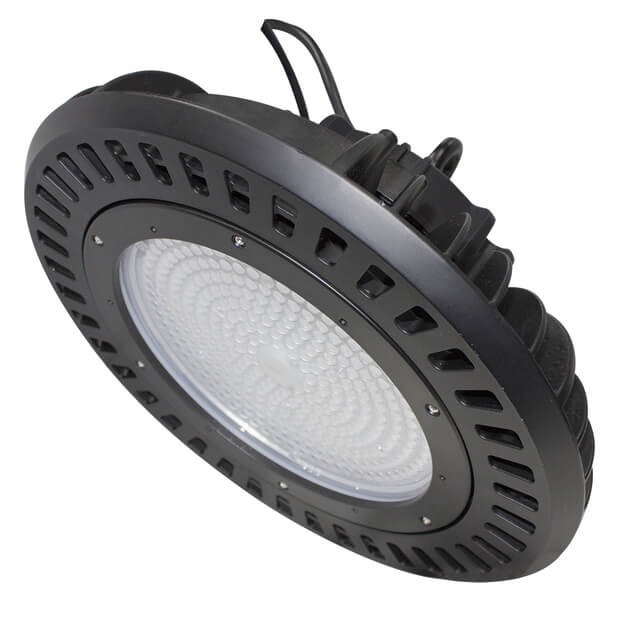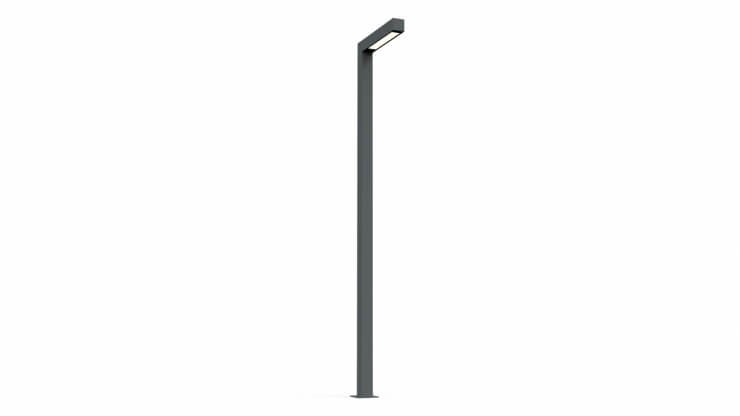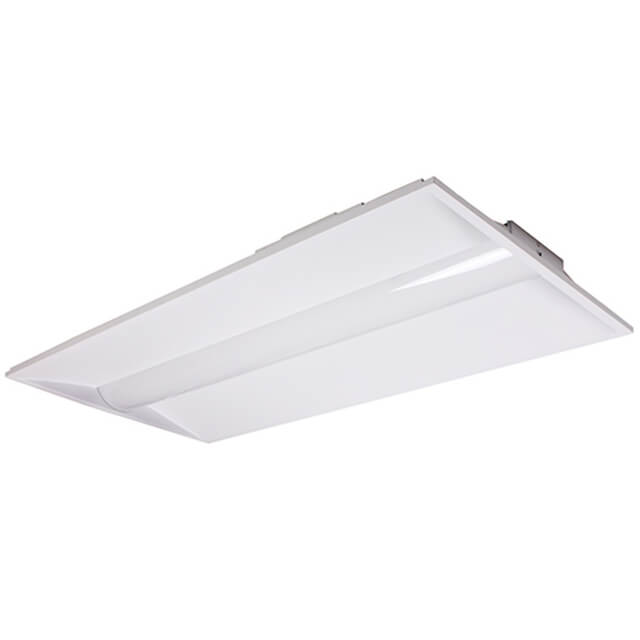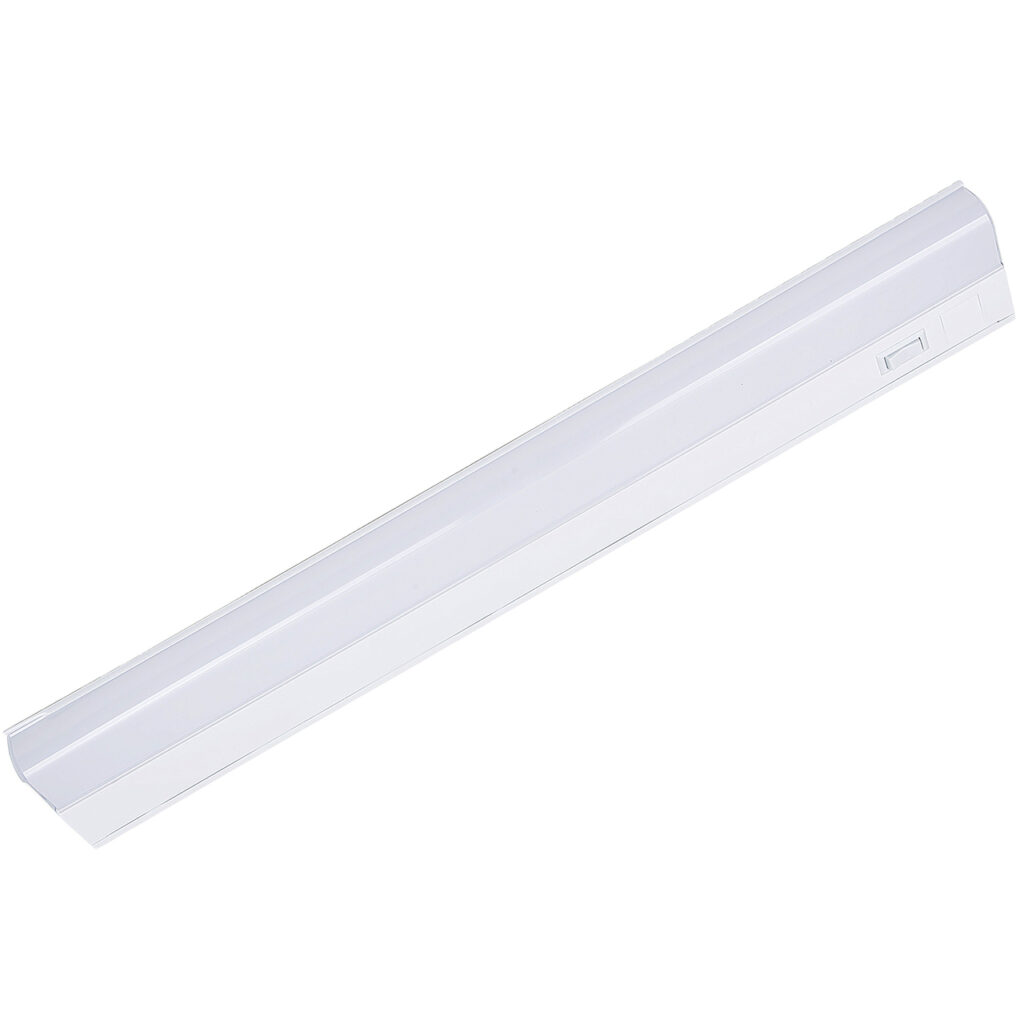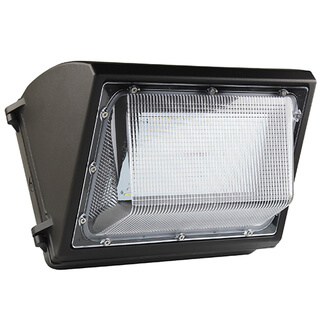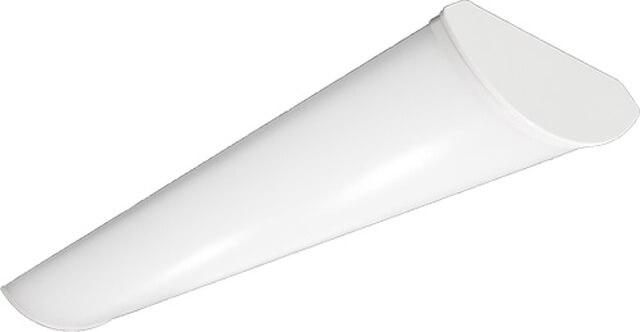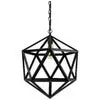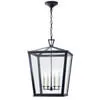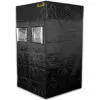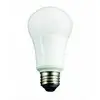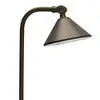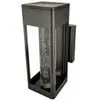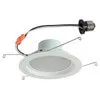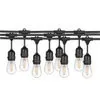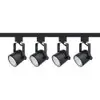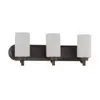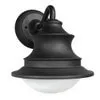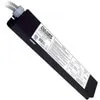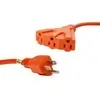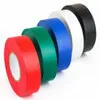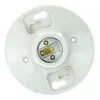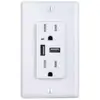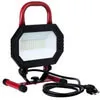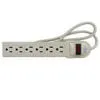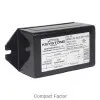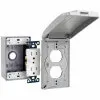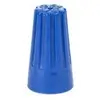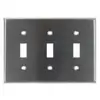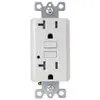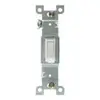It’s estimated that 100 million Americans go boating annually. If you need to trace wiring runs in a boat, then you know what a challenging task it can be.
You’ll often find wire concealed in other areas. Visible wiring is typically bundled together with other wires, making it difficult to decipher one wire from the next.
Luckily, there are ABYC Color Codes for boat wiring. Each specific type of equipment relies on a different color, so you can troubleshoot boat wiring with ease.
Keep reading to learn more about boat wiring color codes.
Marine Wiring and Boat Cables Explained
To understand ABYC Color Codes for boat wiring, you need to understand boat cables and marine wiring.
For starters, insulated electrical cables and wires are used in ships, boats, yachts, and other marine vessels. They are used for electrical wiring connections in devices and various types of equipment.
This includes general circuits and the switchboard, known as boat cable or marine wire.
Marine wires and boat cables are designed to specifically withstand the corrosive environment of the sea. This includes salt, oil, humidity, and heat from the cable insulation and any materials used within the boat or marine vessel.
Although you can use a regular cable wire, it’s advisable to use tinned cable and wire in a ship or boat.
Primary Cable and Wire Colors
You need to have the correct wiring color codes to save time, trace various wires, and for easy maintenance. ABYC (American Boat and Yacht Council) Color Codes also help with marine and boat troubleshooting.
However, you always need a licensed technician to complete any wire-related repairs. DIY wiring often leads to issues and may do more harm to a boat than good. This is because of concealed areas containing bundled wires.
ABYC recommends that standard colors are adhered to. These color codes are for small craft and boat wiring installation, ensuring a level of cohesion.
Each cable has a specific insulation color that explains that wire’s purpose and use in the boat’s wiring, which we’ll explain below. These colors apply to marine engines and accompanying accessories, switchboard connections, and devices and equipment.
These colors also apply to a boat’s DC voltage system. It’s important to remember that AC and DC voltages and currents are very different from one another.
ABYC Color Codes for Boat Wiring
First, it’s important to understand that individual boating equipment typically has red and black wiring. If you see dark blue wiring, for example, it’s most likely the cabin light’s positive conductor. For open boats, this color wiring represents its cockpit lights.
However, when you purchase replacement light fixtures, you’ll most likely find black and red wiring. In this instance, you’d need to connect the fixture positive (red wiring) from the lighting circuit positive (blue wiring) from the boat. From there you’d run it through the fuse, panel, or breaker where it’s wired.
But before you do anything with your boat’s wiring, you need to know what each wire’s specific color code means.
Here’s a breakdown of the color code for boat wiring:
Black Wiring
- Item: Ground
- Use: Negative/neutral main return
Blue-Stripe Wiring
- Item: Tilt up and/or trim out
- Use: Tilt and/or trim circuits
Brown Wiring
- Item: 1) Alternator charge light, 2) Generator armature, and/or 3) Pumps
- Use: 1) Generator terminal or alternator auxiliary terminal to the regulator, 2) Generator armature to the regulator, and/or 3) Circuit breaker or switch to pumps
Brown With Yellow Wiring
- Item: Bilge blowers
- Use: Circuit breaker or switch to blowers
Dark Blue Wiring
- Item: Cabin and instrument
- Use: Circuit breaker or switch to lights
Green/Green With Yellow Stripes Wiring
- Item: Bonding system
- Use: Grounding wires (if insulated)
Green Striped Wiring
- Item: Tilt down and/or trim in
- Use: Tilt and/or trim circuits
Grey Wiring
- Item: 1) Navigation lights and/or 2) Tachometer
- Use: 1) Circuit breaker or switch to lights and/or 2) Tachometer sender to gauge
Light Blue Wiring
- Item: Oil pressure
- Use: Oil pressure sender to gauge
Orange Wiring
- Item: 1) Accessory feed, 2) Common feed, and/or 3) Feed
- Use: 1) Ammeter to alternator or generator, 2) Distribution panel to accessory switch, and/or 3) Accessory circuit breakers or switches
Pink Wiring
- Item: Fuel gauge
- Use: Fuel gauge sender to gauge
Purple Wiring
- Item: 1) Ignition and/or 2) Instrument feed
- Use: 1) Ignition switch to coil and electrical instrument and/or 2) Distribution panel electrical instruments
Red Wiring
- Item: 1) Instrument feed and/or 2) Power feeds
- Use: 1) Distribution panel to electrical instruments and/or 2) Positive main power (particularly un-fused)
Tan Wiring
- Item: Water temperature
- Use: Water temperature sender to gauge
Yellow Wiring
- Item: 1) Generator field and/or 2) Ground
- Use: 1) Generator to the regulator field terminal and/or 2) Negative/neutral main return
Yellow With Red Wiring
- Item: Starting circuit
- Use: Starting switch to Solenoid
Other Common Boat Wiring Colors
There are other common boat wiring colors you may encounter. Here’s a list:
- Violet/Red: Engine or generator B+ from breaker
- Violet/Yellow: I/O trim tp (ballast bypass)
- Violet/Green: I/O trim down
- Violet: 12v ignition generator or engine
- Violet or White: Trim (trailer) switch
- Gray or Black: Mast light
- Gray or Red: Spotlight remote
- Gray or Orange: Docking lights
- Gray or Green: Strobe or beacon
- Gray or Blue: Spreader and/or flood lights
- Gray or Violet: Windlass/winch
- Gray: Navigation running lights
- Gray or White: Anchor light
- White/Brown: Temperature alarm or indicator
- White or Red: Fuel alarm or indicator
- White or Orange: Fire alarm or indicator
- White or Yellow: Air flow alarm or indicator
- White or Green: Water press/flow alarm or indicator
- White or Blue: Oil press alarm or indicator
- White or Violet: Voltage alarm or indicator
- White: General alarm usage
- Tan or Blue: Warning system sense wire
It’s best to leave wiring to the professionals, but this list should guide you if you’re unsure of what a wire’s color code means.
Know Your Boat Wiring Color Codes
As you can see, it’s essential to understand ABYC Color Codes for boat wiring. These standards work to simplify wire identification.
The majority of boat builders adhere to ABYC Code Standards, so every boater needs to understand them as well. This is especially helpful for boat lighting.
No matter what type of lighting you need, LightingAndSupplies.com can help. Check out our complete line of residential lighting today.


